Polar has quietly rolled out a new website that showcases at the Polar 360, which is a Whoop-like tracking band, including 5-day battery life, always-on optical HR sensor, Polar algorithms, and plenty more. It’ll even leverage Polar Flow as one of the potential back-end website platforms. The specs and designs on it effectively scream “Polar’s version of Whoop”.
Except, you might want to hold your (hopeful) horses.
This won’t be something you can buy from Polar. Nor is it coming anytime soon.
Instead, Polar launched this website in the wake of the industry-focused FIBO Health & Fitness Show, which is a place where fitness-focused brands can meet and discuss business-related partnerships. While we do occasionally see sports tech announcements come out of FIBO, it’s gotten more and more rare each year (of course, there still are plenty of fitness-focused industry announcements timed to FIBO, beyond consumer sports tech wearables).
In any case, I got the low-down from Polar on what this thing is, who it’s for, and when it’s gonna show up. First, though, let’s dive into the tech specs:
Tech Details:

As I alluded to above, this is literally a Whoop-like activity tracking band, which is a short-cut way of saying that it’s a full sleep/workout/activity tracking band, but doesn’t have a display. Instead, it’s just a fabric band with no display. Up till Whoop came along, virtually all activity trackers had displays of some sort, even if it was a fancy analog watch face. Whoop was really the first to have nothing viewable on the tracker itself.
Here, you can see the Polar 360 tracker from the front. Also, fun side note, this is not the first Polar 360-named device. Back some 9 years ago, there was the A360 activity tracker, seen below:
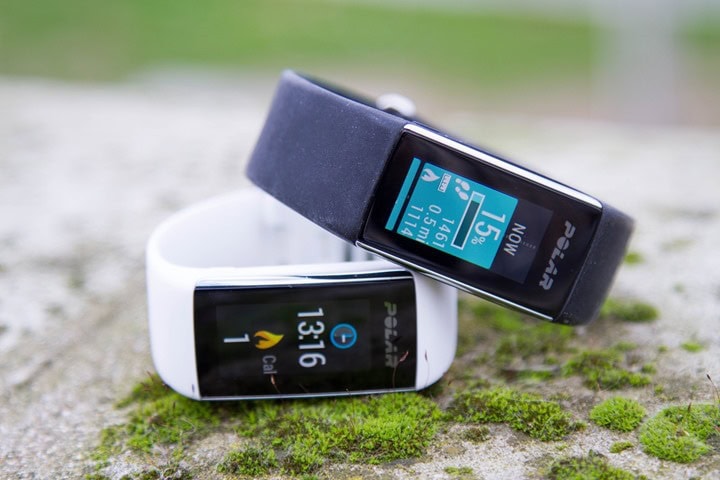
Inside the unit is a battery that can hold 5 days of “constant” activity tracking, with Polar’s “Precision Prime” optical heart rate sensor. That’s somewhat notable because it’s actually not their newest sensor (which they use in their newer Polar Vantage V3 and Polar Grit X2 Pro units), instead, it’s one of a number of variants of sensors used in both other watches and standalone activity trackers. Polar doesn’t specify in its public documents which exact variant it is (again, there are *MANY*).
The unit is water resistant to 30m, and weighs just 13g. That’s half the weight of the Whoop 4.0 band, which comes in at 28g. That said, my guess here is the 13g is actually the pod, and not the band/strap – as 13g inclusive of both would be insanely lightweight. The pod is charged via USB cable (which differs from Whoop’s semi-wireless charging backpack).
![]()
According to Polar’s site with their standardized icons (seen above), it measures (left to right):
– Nightly Recharge
– Nightly skin temperature
– Heart Rate
– Activity Tracking (steps)
– Stairs (flights of stairs)
– Breathing Rate
– Boost from Sleep (a sleep tracking metric)
It’s mildly interesting to me they didn’t write these out, but rather it required the decoder ring. But hey, if there’s anything I’m good at, it’s figuring out that the icon for “getting hit my lighting while I sleep”, is actually “how much energy I’ll have at 3PM tomorrow”.
Now, as much detail as that is, it’s also not a ton of detail. But, if you’re familiar with the Polar ecosystem, then all of these things are pretty well-known entities, tried and true software features that Polar has had around for many years in most cases (with the newest being Nightly Skin Temperature from last fall).
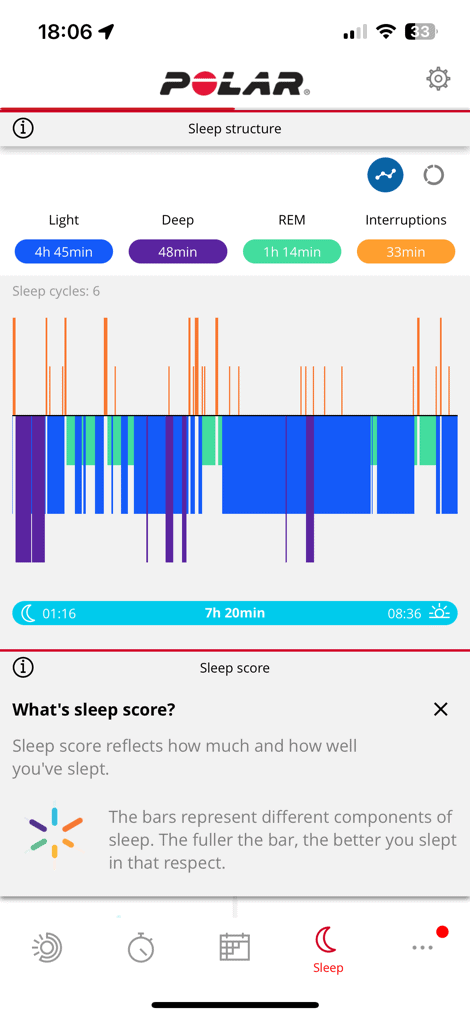
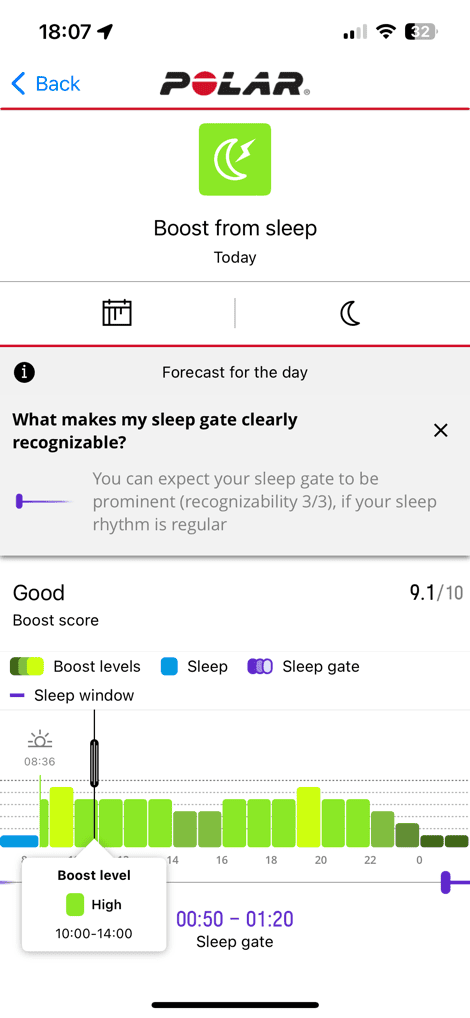

This would all make sense, as Polar wouldn’t want to re-invent the wheel here in terms of features, especially for a device that wasn’t a top-end or high-priced watch.
The Business Play:
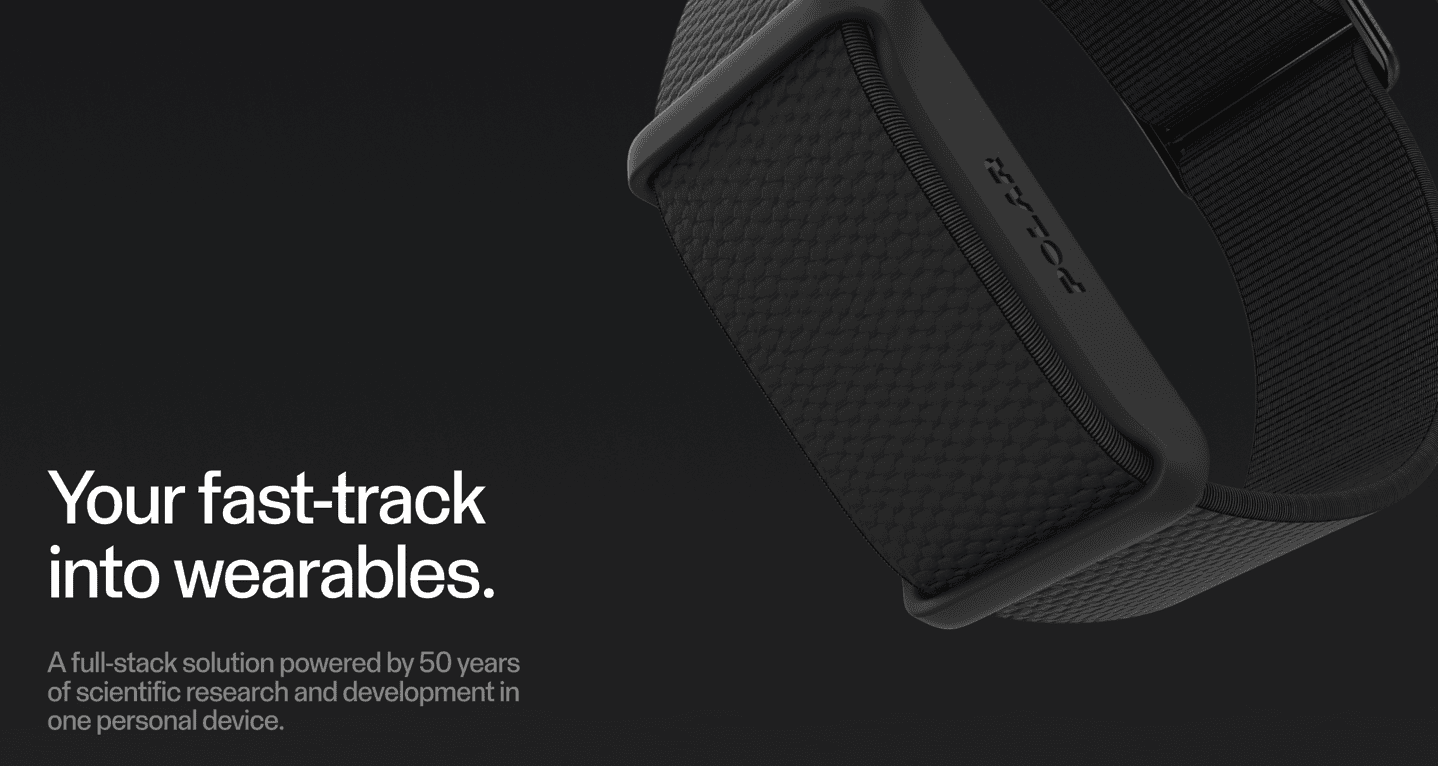
But here’s the rub, Polar isn’t launching this for you. Well, not directly anyway. It is for you, as Polar says it themselves on their Polar 360 site: “Designed for individuals, but made for business: your customers, your employees, your people.”
Except, it’s not for you to buy directly. Polar confirmed this earlier this morning, when asked if we’d see a consumer variant, saying: “We have no plans to bring a consumer version to the market at this point.”
That does indeed seem to be a pretty darn firm “no”. I’d argue a bit too firm, as I think Polar would actually be a great company to make a product just like this – arguably one of the best companies to take on Whoop from an athletic standpoint. It’s really play to their workout-focused strengths and recovery aspects, especially compared to Whoop and how they calculate load and recovery.
Pauliina Sjölund went on to explain a bit further, saying:
“In a nutshell, Polar 360 provides a unique opportunity for businesses to access and benefit from Polar’s extensive scientific knowledge and features. It can be customized to match the business’s brand and offers two ways to access the data, allowing the partner to benefit from either the SDK or API interface to suit the business needs best. This also is another step to our Polar for Business strategy and offering, and is rooted from very strong demand we have seen across different industries.”
If you look at Polar’s site, it’s all about outlining various business focus areas, with both direct fitness realms, but also fitness-adjacent industries. The site starts off with outlining how Polar has been the engine of a 3rd party device (e.g. another company leveraging their tech in a wearable):
“- Imagine if a wearable could enhance individual well-being and performance; and drive product innovation and customer satisfaction.
– Imagine a wearable backed by five decades of scientific discovery and powered by the most trusted tech and algorithms on the market.
– Imagine an opportunity came along where you could not only get your hands on that wearable, but you could make it your own.
– Meet Polar 360…”
Much of this builds on what they announced earlier this year, and we saw Sennheiser take advantage of. That includes licensing Polar algorithms across virtually everything they currently make (e.g. if you want a recovery algorithm or training load bits, or sleep scores, or skin temperature algorithms). It also includes integration of Polar Flow (their backend web platform).
But this time, they go even further. They’re making the actual hardware sensor, and including full sensor SDK access, saying “Read and interpret live RAW data from Polar 360, including PPG, acceleration and heart rate to build your own branded apps and experiences.”
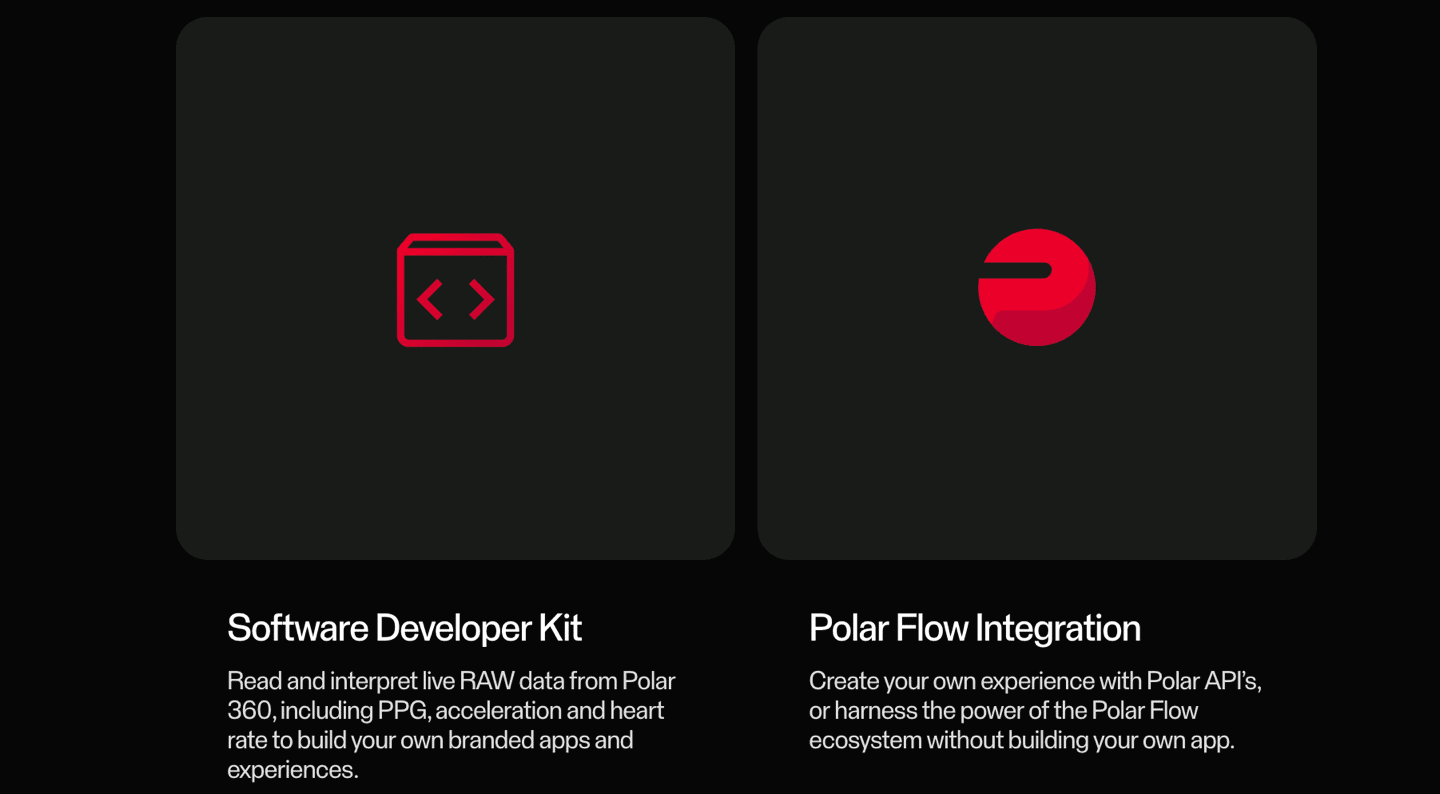
In other words, a company can buy the Polar 360, then re-brand it as whatever they want, and either leverage the Polar Flow platform (like Sennheiser did), or build their own apps/platform. Or some blend thereof. Further, they can take that hardware and then access the raw data to expand upon the features Polar provided.
Meaning, you could see someone take the Polar 360 exactly as seen above and call it the “Tropic 360”, and otherwise look like a Polar product end to end. Or, you could see someone re-do everything, and it’d be virtually unrecognizable as the app/platform would be something totally different, with only the pod being kept the same.
Either way, whatever it is, we’ll likely start to see variants of it this fall. Polar confirmed the timing of the Polar 360, saying “The sensor itself will be available to our business partners later this year, and we are more than happy to provide more details soon, once we have more content ready.”. The reason they have the site up now, again, was tied to FIBO, saying “We had a soft launch for Polar 360 in FIBO for selected business partners and created the Polar.com page to be able to explain Polar 360 for potential commercial partners during the event.”
Going Forward:
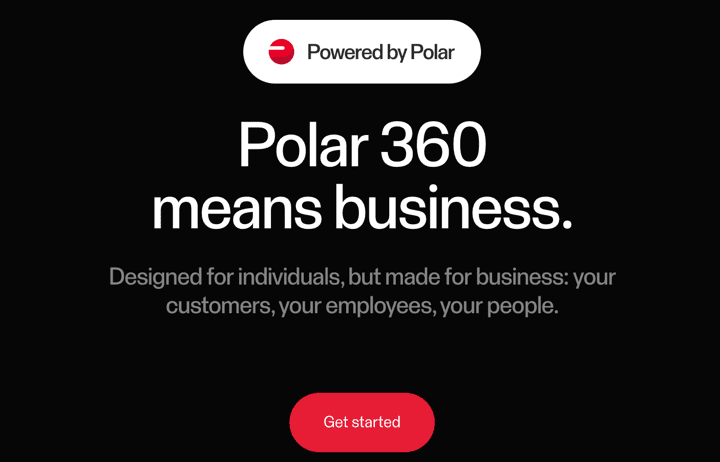
Ultimately, it’ll be interesting to see what Polar does here. Frankly, I’d love to see them launch a consumer version of this. It’s something a lot of people have wanted (from a number of endurance-sports-focused companies), and an area that I think Polar could actually execute really well and not have to deal with many of the competitive pressures they currently have to deal with, as directly as they do today.
In much the same way that ‘everyone’ has to compete with the likes of Apple, Google, Garmin, Samsung, etc… no matter what device they make, it’s also true that you don’t have to compete as directly when you make a Whoop-like band. As Whoop itself as demonstrated. Plenty of people wear an Apple Watch on one wrist, and a Whoop on the other. Whereas very few people wear an Apple Watch on one wrist, and a full Polar watch on another.
Thus, while I see the appeal for Polar to try and wrangle business sales here – this is one area I think they’d actually do super strongly themselves, with exactly what they’ve already shown as a basic spec-sheet above.
But, that’s just my two cents.
With that, thanks for reading!


0 Commentaires